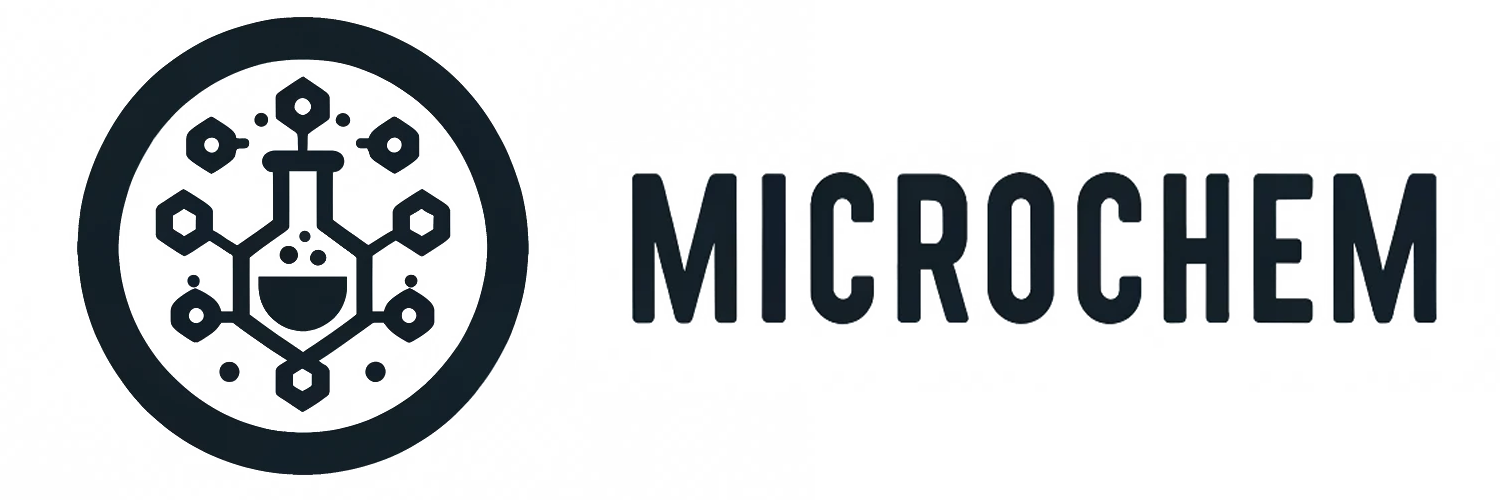Chemical -components
Distribution
Experience reliable and timely delivery of unique, high-quality materials and polymers designed for the microelectronics industry.
At MicroChem, we pride ourselves on our commitment to supply chain sustainability and punctuality, ensuring you receive the best products exactly when you need them. Explore our exceptional range and discover how we can support your advanced manufacturing needs.
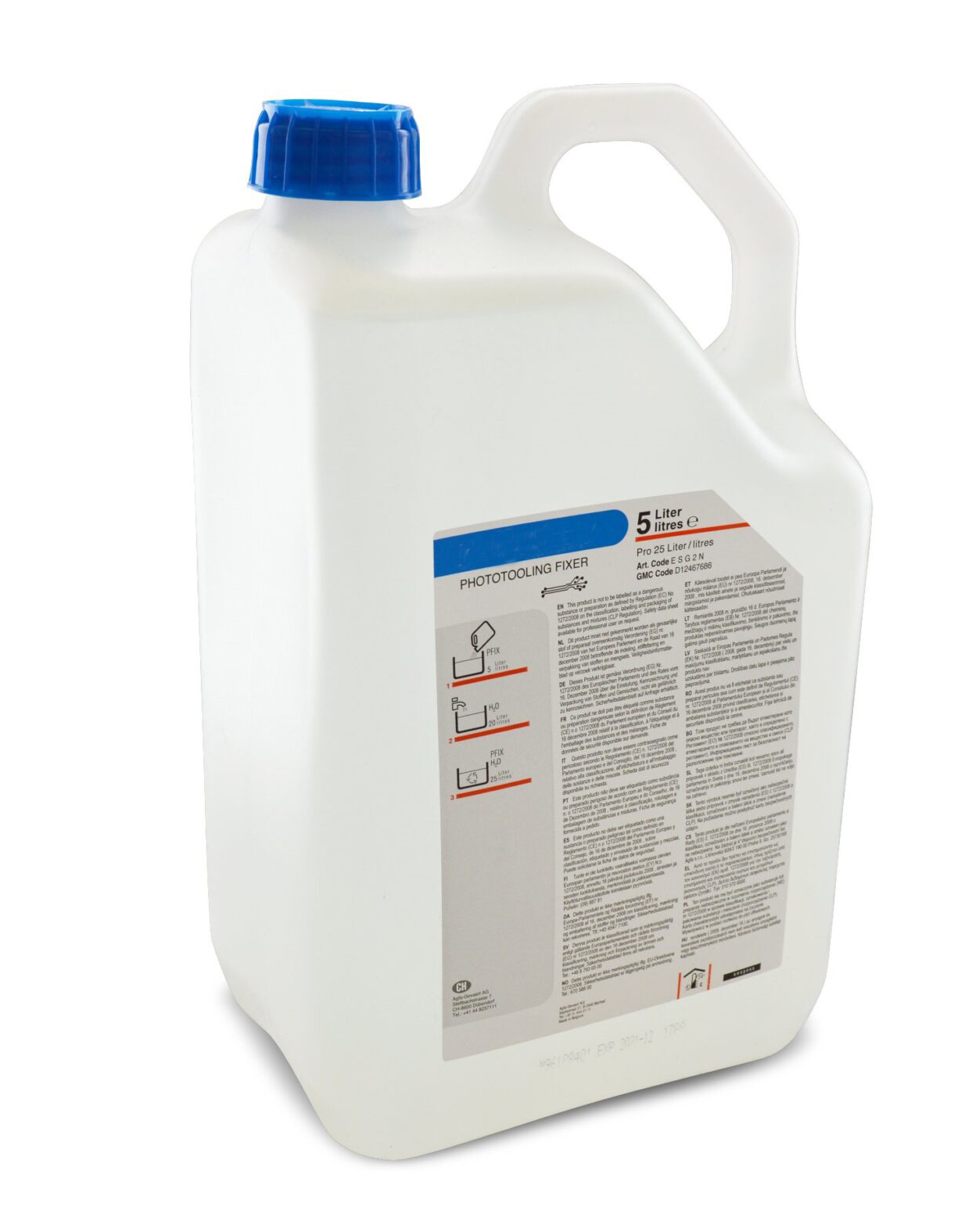
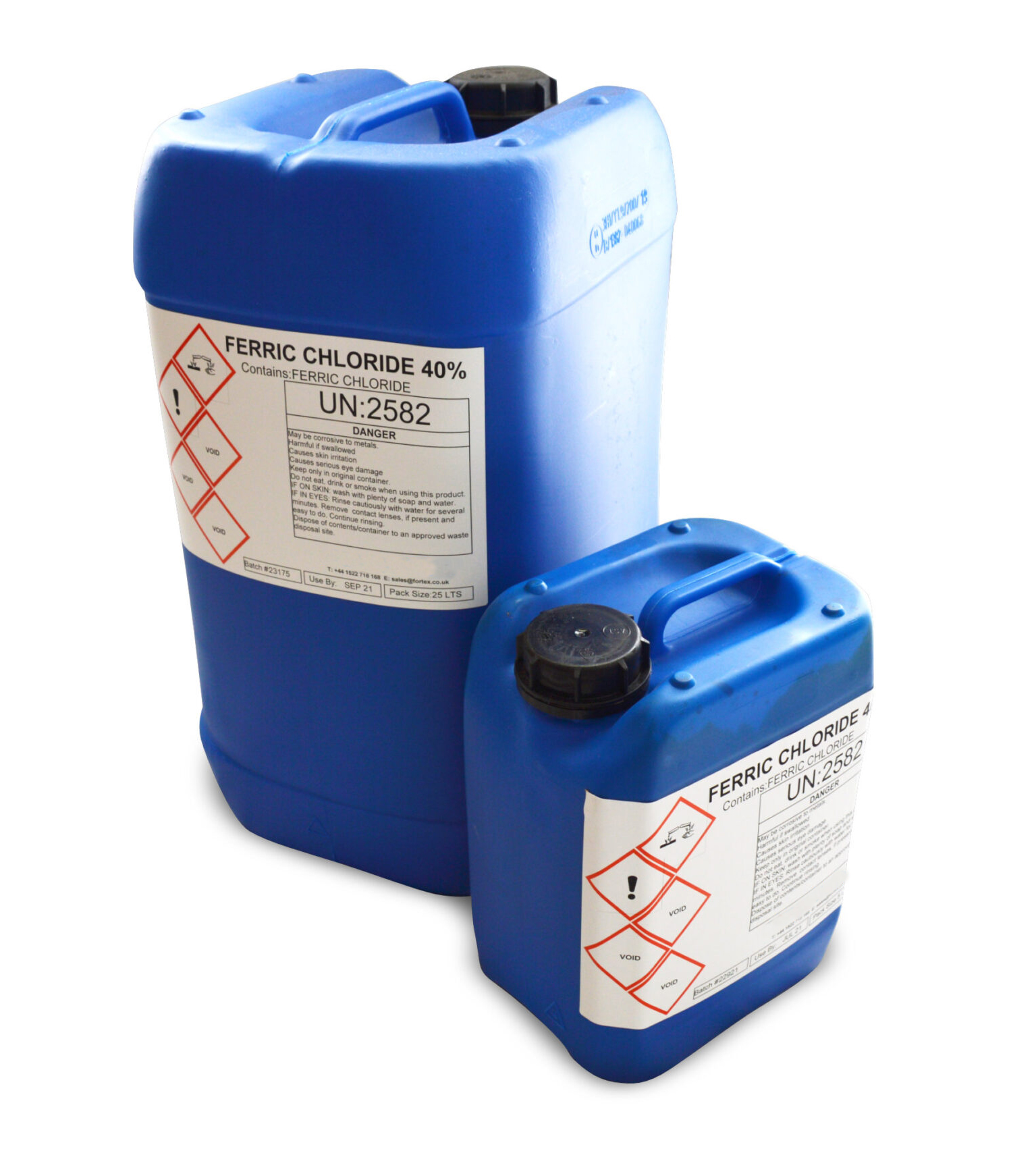
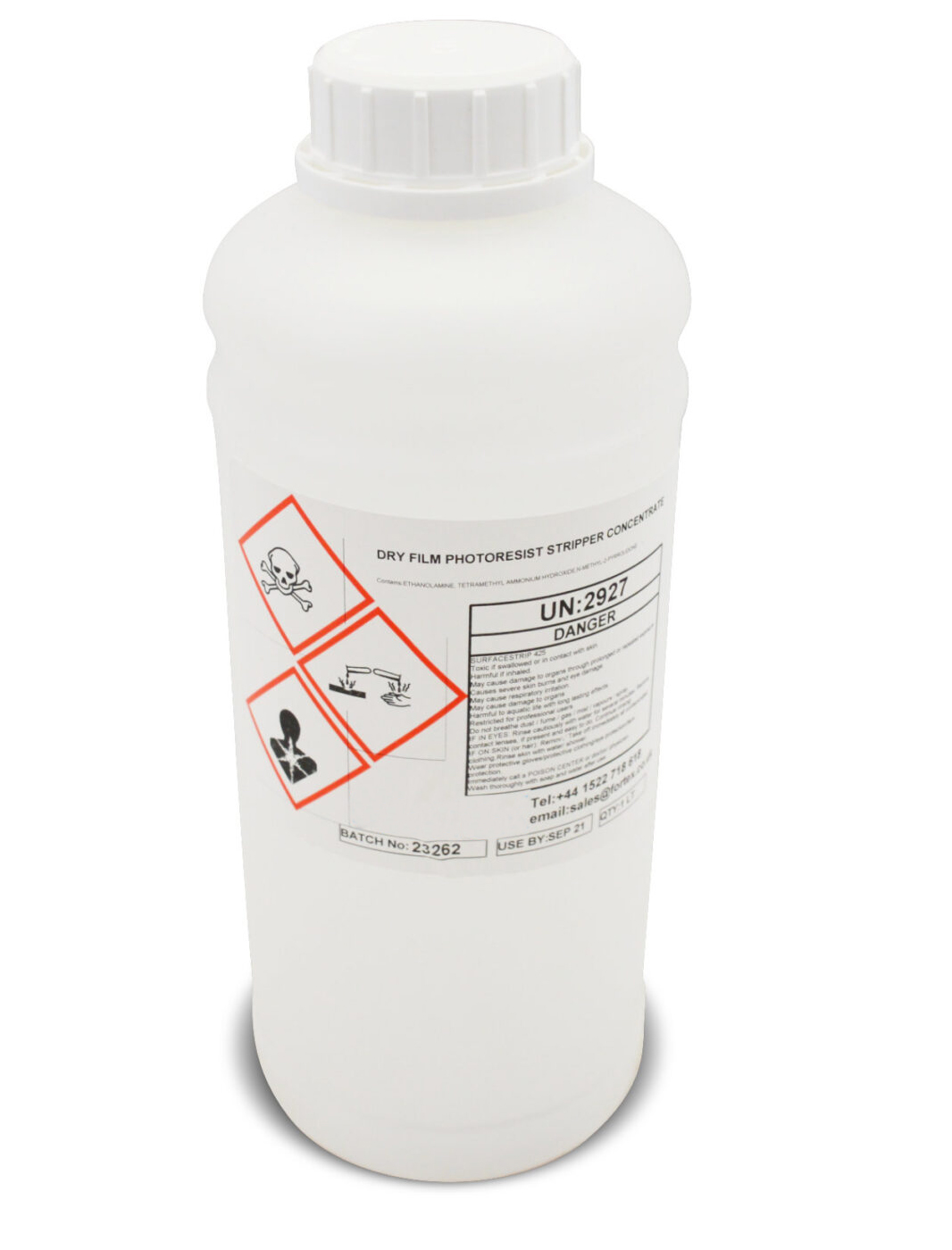





About Us
Our commitment goes beyond merely supplying products; we are devoted to enhancing your operations through robust technical support and ensuring rapid delivery timelines from Asia, the Pacific, and other global regions.
Our logistical prowess is particularly noted for managing complex transportation demands, which includes maintaining stringent temperature controls and utilizing advanced transport aircraft to ensure that your products arrive in perfect condition.
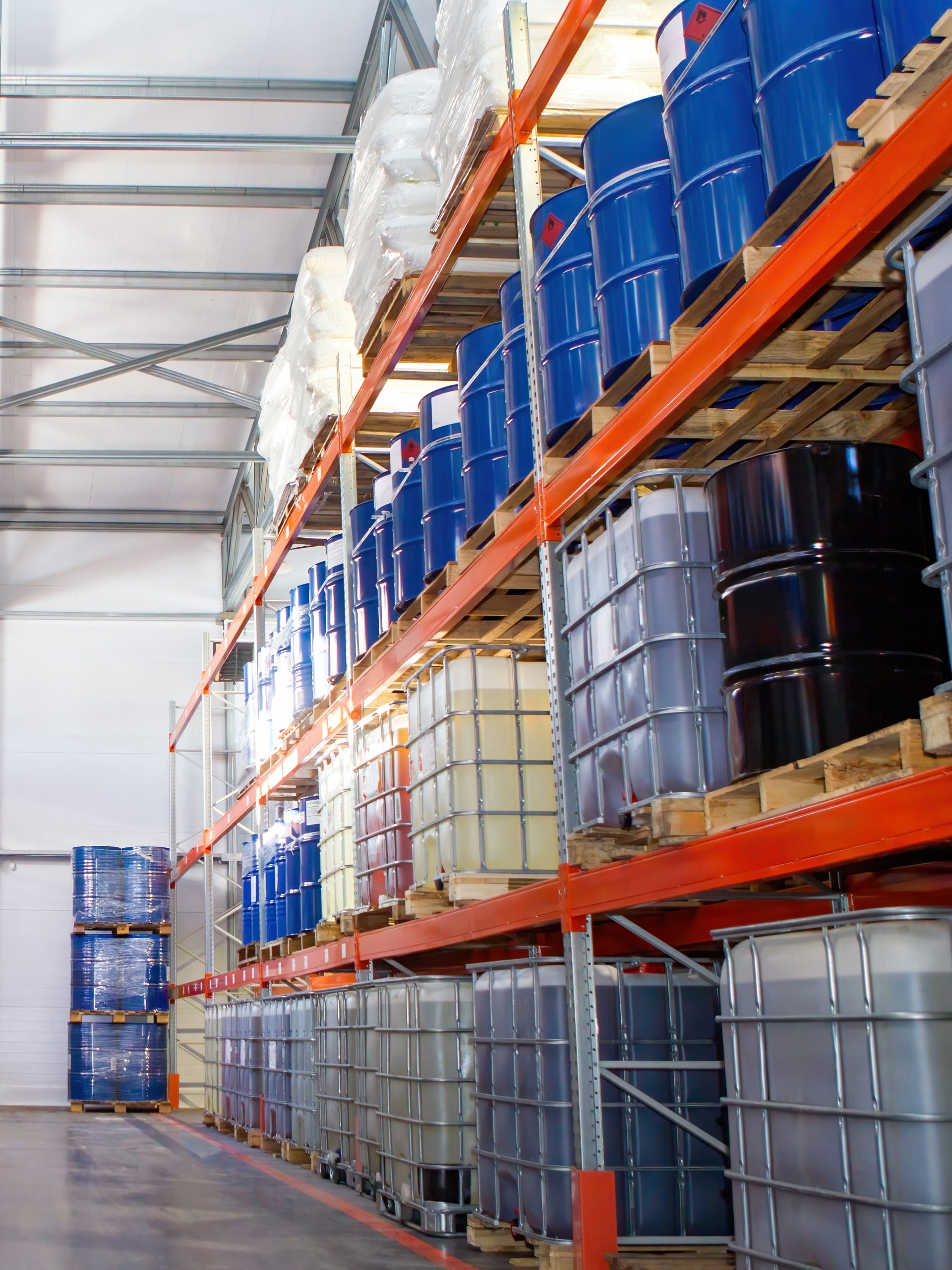
Logistics Process
For Hazardous Chemical Components
Transporting hazardous chemical components requires meticulous planning and strict adherence to safety regulations to ensure the protection of people, property, and the environment. Our logistics process for hazardous materials is designed to comply with international standards and regulations, ensuring safe and efficient delivery. Here’s an in-depth look at our logistics process
Regulatory Adherence: We strictly adhere to international and local regulations such as the International Air Transport Association (IATA) Dangerous Goods Regulations, the International Maritime Dangerous Goods (IMDG) Code, and the European Agreement concerning the International Carriage of Dangerous Goods by Road (ADR).
Safety Data Sheets (SDS): We maintain detailed Safety Data Sheets for all hazardous materials, which provide crucial information on handling, storage, and emergency measures.
Approved Packaging Materials: We use only UN-approved packaging materials specifically designed to contain hazardous chemicals safely. These include high-quality, corrosion-resistant containers that can withstand physical impacts and prevent leaks.
Secondary Containment: For added safety, hazardous materials are often placed in secondary containment to further minimize the risk of spills or leaks during transit.
Labeling: All packages are clearly labeled with hazard symbols, handling instructions, and emergency contact information as per regulatory requirements.
Route Planning: We meticulously plan the transportation routes to avoid populated areas and environmentally sensitive zones whenever possible, ensuring the safest and most efficient path for delivery.
Transport Mode Selection: Depending on the nature and urgency of the shipment, we select the appropriate mode of transportation:
Air Transport: Used for urgent or high-risk materials, ensuring swift delivery while complying with strict aviation safety standards.
Sea Transport: Suitable for larger, less time-sensitive shipments, utilizing specialized containers and vessels designed for hazardous cargo.
Road Transport: Used for regional deliveries within the EU, with vehicles equipped to handle hazardous materials safely.
Refrigerated Transport: For chemicals requiring storage at temperatures below -15 degrees Celsius, we use refrigerated containers and vehicles equipped with precise temperature control systems. These systems are monitored continuously to ensure consistent temperature maintenance throughout the journey.
Insulated Packaging: For chemicals with broader temperature requirements (0 to +25 degrees Celsius), we use insulated packaging to protect the materials from external temperature fluctuations during transit.
Transport Mode Selection: Depending on the nature and urgency of the shipment, we select the appropriate mode of transportation:
Air Transport: Used for urgent or high-risk materials, ensuring swift delivery while complying with strict aviation safety standards.
Sea Transport: Suitable for larger, less time-sensitive shipments, utilizing specialized containers and vessels designed for hazardous cargo.
Road Transport: Used for regional deliveries within the EU, with vehicles equipped to handle hazardous materials safely.
Real-Time Tracking: All shipments are equipped with GPS tracking devices, allowing us to monitor the location and condition of the cargo in real-time.
Environmental Monitoring: We use sensors to continuously monitor environmental conditions such as temperature and humidity inside the containers, ensuring that the chemicals remain within safe parameters.
Incident Response: In the event of an incident, our logistics team is trained to implement emergency response protocols immediately, coordinating with local authorities and emergency services as needed.
Insulated Packaging: For chemicals with broader temperature requirements (0 to +25 degrees Celsius), we use insulated packaging to protect the materials from external temperature fluctuations during transit.
Transport Mode Selection: Depending on the nature and urgency of the shipment, we select the appropriate mode of transportation:
Air Transport: Used for urgent or high-risk materials, ensuring swift delivery while complying with strict aviation safety standards.
Sea Transport: Suitable for larger, less time-sensitive shipments, utilizing specialized containers and vessels designed for hazardous cargo.
Road Transport: Used for regional deliveries within the EU, with vehicles equipped to handle hazardous materials safely.
Customs Clearance: Our experienced customs team handles all documentation and clearance procedures, ensuring compliance with international trade regulations and facilitating smooth cross-border shipments.
Documentation: We provide comprehensive documentation, including shipping manifests, SDS, and certificates of analysis, to accompany each shipment, ensuring all necessary information is available to authorities and recipients.
Professional Handling: Upon arrival, trained personnel handle the unloading and delivery of hazardous materials, ensuring they are transferred safely to the designated storage facilities.

Purchasing Process
Of Chemical Components in International Trade
Purchasing chemical components in the international market involves a complex series of steps to ensure compliance with regulations, quality assurance, and timely delivery. Here is an in-depth look at the process
Client Consultation: The process begins with understanding the specific needs of the client, including the type and quantity of chemical components required, quality specifications, and delivery timelines.
Technical Specifications: Detailed specifications for each chemical component are gathered, including purity levels, chemical properties, and any special handling or storage requirements.
Safety Data Sheets (SDS): We maintain detailed Safety Data Sheets for all hazardous materials, which provide crucial information on handling, storage, and emergency measures.
Global Supplier Network: Leveraging an extensive network of global suppliers, potential vendors are identified who can meet the specific requirements.
Supplier Evaluation: Suppliers are evaluated based on their reputation, compliance with international standards, production capabilities, quality assurance processes, and previous transaction history.
Quality Certifications: Verification of supplier certifications, such as ISO 9001 (quality management) and ISO 14001 (environmental management), ensures adherence to international standards.
RFQ Issuance: Detailed RFQs are issued to shortlisted suppliers, specifying the required chemical components, quantities, delivery schedules, and quality specifications.
Bid Evaluation: Received quotations are evaluated based on price, quality, lead times, and terms of payment.
Negotiation: Negotiations are conducted to secure the best possible terms, focusing on cost-effectiveness while ensuring quality and reliability. This may include discussing payment terms, delivery schedules, and any additional services such as packaging and documentation.
Purchase Order (PO): Once the supplier is selected, a formal PO is issued outlining all agreed terms and conditions, including delivery schedules and payment terms.
Contract Agreement: A detailed contract is drafted and signed by both parties, ensuring legal protection and clarity on responsibilities, terms, and conditions.
Accordion Content
Quality Assurance: The supplier conducts quality assurance checks to ensure the chemical components meet the specified requirements. This may include laboratory testing and certification.
Pre-Shipment Inspection: An independent inspection agency may be hired to verify the quality and quantity of the chemical components before shipment, ensuring compliance with the purchase specifications.
Freight Forwarding: Coordination with freight forwarders to arrange the most efficient and safe mode of transportation, whether by air, sea, or land, based on the nature of the chemical components and delivery requirements.
Packaging: Ensuring that all chemical components are packaged according to international safety standards to prevent damage and contamination during transit. This includes using UN-approved packaging for hazardous materials.
Documentation: Preparing all necessary shipping documents, including commercial invoices, packing lists, certificates of origin, Safety Data Sheets (SDS), and any required export/import permits.
Customs Documentation: Submission of all required documentation to customs authorities for clearance. This includes ensuring compliance with international trade regulations and any specific import/export restrictions.
Duties and Taxes: Calculation and payment of any applicable duties, taxes, and fees to facilitate smooth customs clearance.
Shipment Tracking: Utilizing tracking systems to monitor the shipment in real-time, ensuring timely updates on the status and location of the cargo.
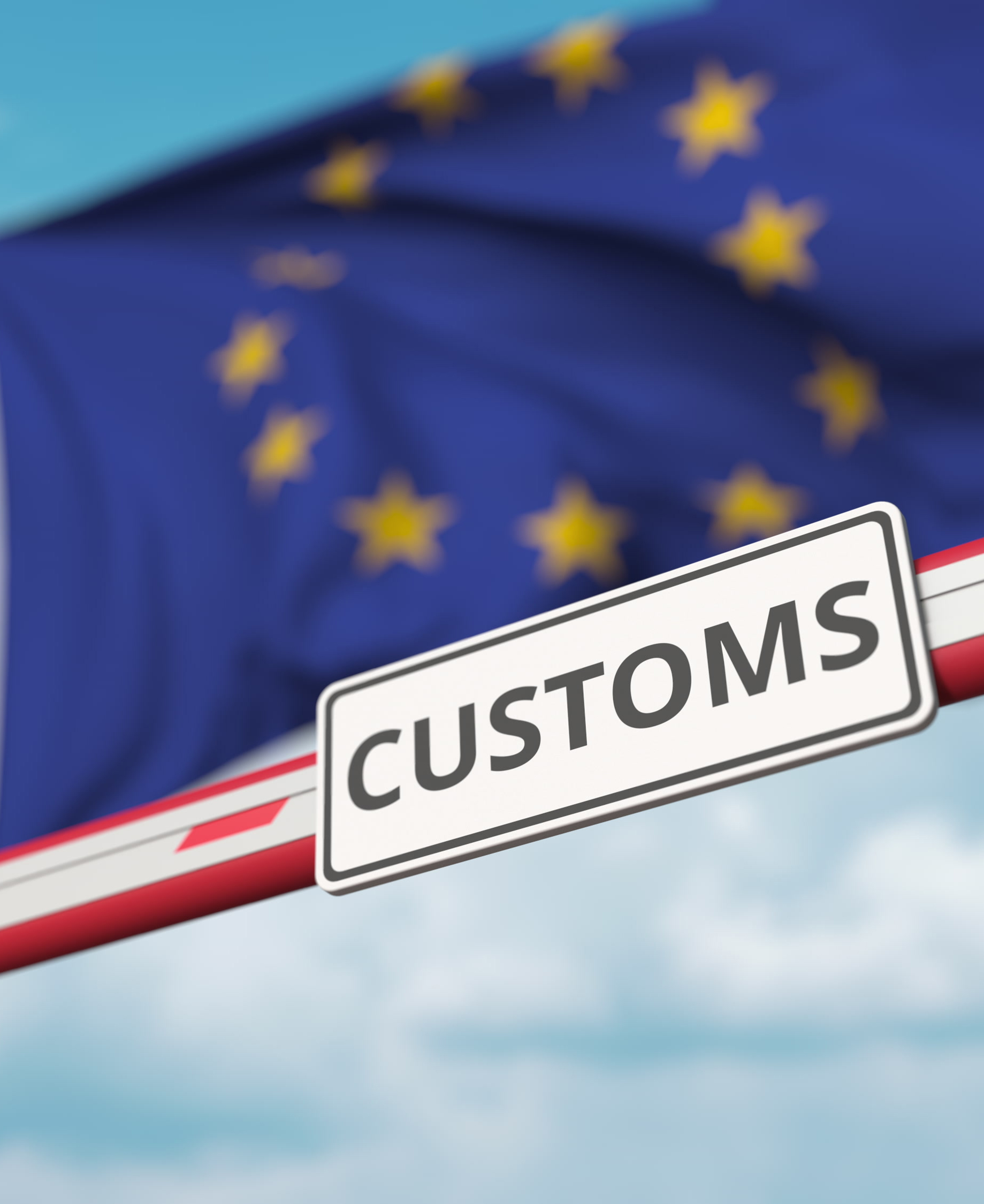
Customs clearance
of Chemical Components in the European Union
Customs clearance for chemical components in the European Union (EU) is a detailed and regulated process to ensure the safe and legal entry of goods. Here is an in-depth look at the steps involved
Commercial Invoice: A detailed invoice that includes information about the chemical components, their quantities, values, and the total transaction amount.
Packing List: A document listing the contents of each package, including the weight and dimensions.
Certificate of Origin: A document certifying the country where the chemical components were manufactured.
Safety Data Sheets (SDS): Detailed information on the properties, handling, storage, and emergency measures for the chemicals.
Export/Import Licenses: Any required licenses for exporting from the country of origin and importing into the EU.
Classification and Tariff Codes: Harmonized System (HS) codes for the chemical components, which determine the applicable tariffs and duties.
Customs Broker Selection: Choosing a customs broker with expertise in handling chemical imports to facilitate the clearance process.
Pre-Notification: Informing the destination country’s customs authorities of the impending shipment to expedite the clearance process.
Electronic Filing: Submission of the Entry Summary Declaration (ENS) through the Automated Import System (AIS) or the appropriate customs electronic systems.
Customs Procedure Code (CPC): Indicating the specific customs procedure to be applied to the shipment, such as release for free circulation or entry into a customs warehouse.
Risk Assessment: Customs authorities conduct a risk assessment based on the ENS to identify any potential risks associated with the shipment.
Physical Inspection: If flagged for inspection, customs officials may physically inspect the shipment to verify the contents against the documentation.
Sampling: For certain chemicals, customs may take samples to verify compliance with EU regulations, including safety, health, and environmental standards.
REACH Compliance: Ensuring the chemical components comply with the EU’s Registration, Evaluation, Authorisation, and Restriction of Chemicals (REACH) regulation. This involves verifying that the chemicals are registered and authorized for use in the EU.
CLP Regulation: Compliance with the Classification, Labelling, and Packaging (CLP) regulation to ensure chemicals are correctly classified and labelled for safe handling.
Tariff Calculation: Calculation of import duties based on the HS codes and applicable tariff rates.
Value Added Tax (VAT): Calculation and payment of VAT on the import, based on the declared value of the goods and the applicable VAT rate in the destination country.
Excise Duties: If applicable, payment of any excise duties for specific types of chemicals.
Customs Clearance: Once all documentation is verified and duties/taxes are paid, customs will clear the goods for entry into the EU.
Release Notification: Notification to the importer or their customs broker that the goods have been cleared and are ready for collection or delivery.
Record Keeping: Maintaining detailed records of the import, including all documentation and communications with customs authorities, for a specified period as required by law.
Compliance Audits: Being prepared for potential audits by customs authorities to verify compliance with all import regulations and proper payment of duties and taxes.
Dispute Resolution: If discrepancies arise during the customs process, working with the customs broker and authorities to resolve issues, which may involve providing additional documentation or clarification.
We work for your business
Since 2001, we have been a trusted supplier to an expanding array of research institutes, startups, and production facilities in the field of micro-structuring.
Our products, including high-quality photoresists, ancillaries, solvents, and etchants, meet the rigorous demands of the semiconductor industry.
To support your operations, we ensure fluent and smart logistics, enabling efficient and timely delivery of our products worldwide.
Our commitment extends beyond our diverse and growing product selection.
We are dedicated to providing you with comprehensive technical support, offering flexible sales units tailored to your needs.
If you have any questions about your lithographic processes or our products, please don’t hesitate to reach out.
